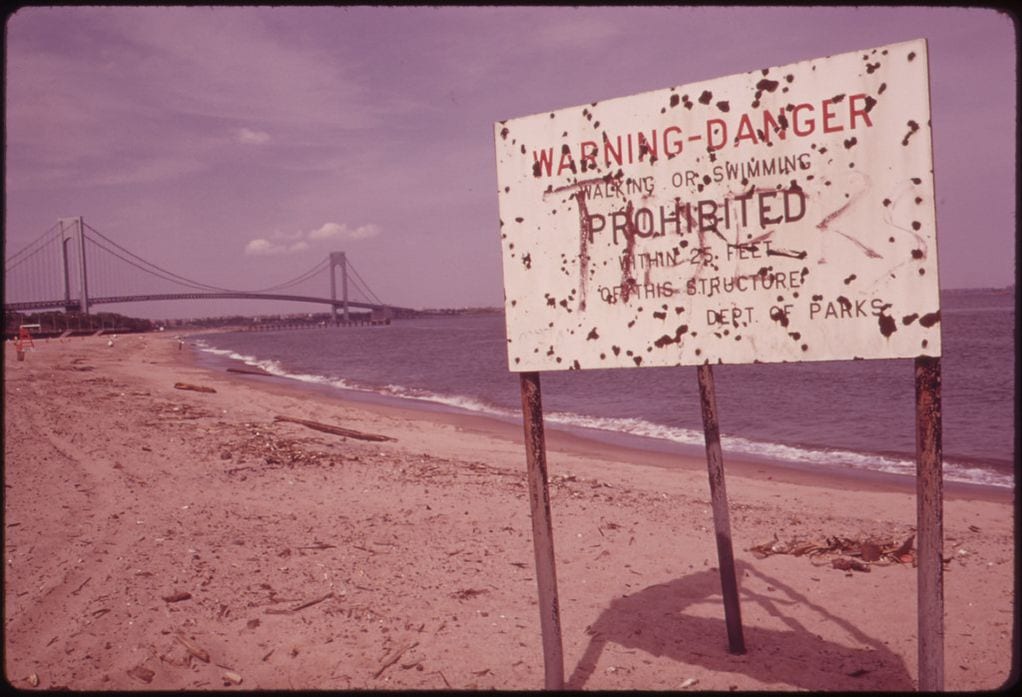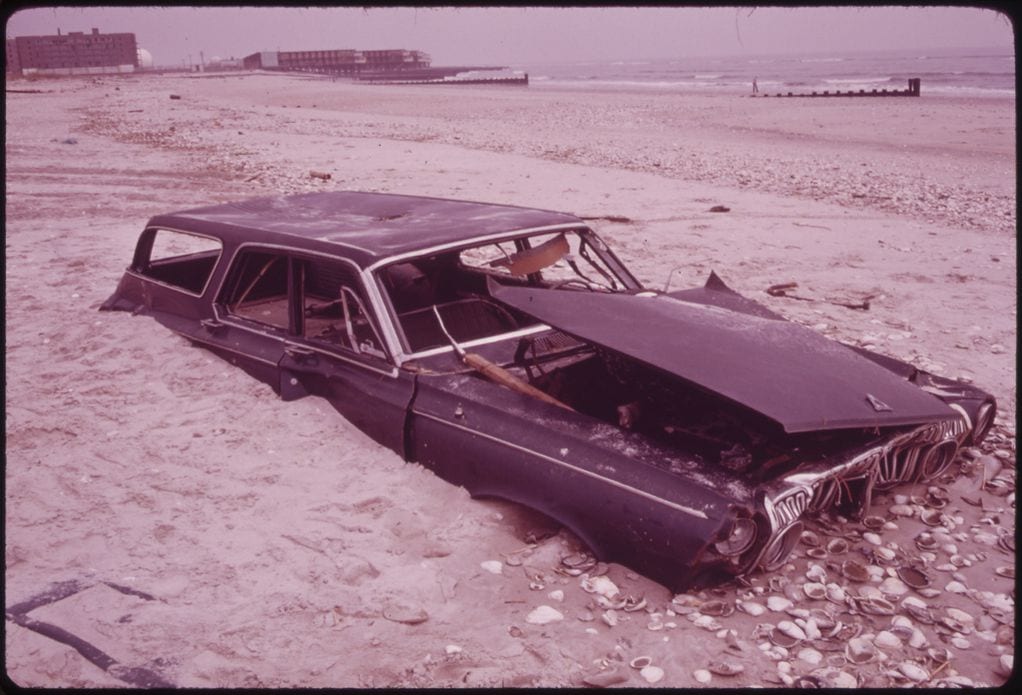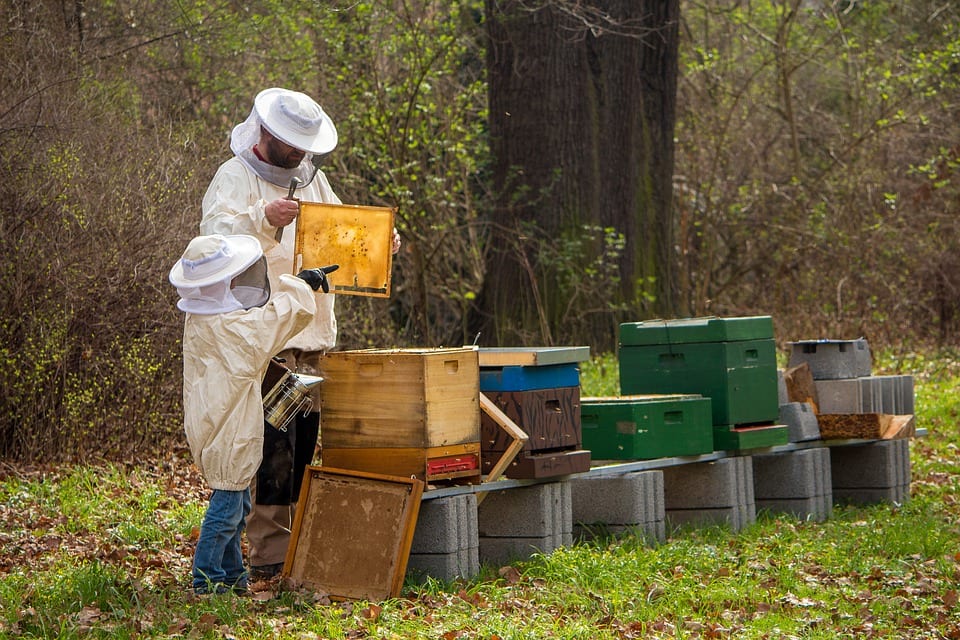Allergies to peanuts are very common among children, so much so that many schools have simply banned peanuts altogether. Peanut allergies are life-threatening for many sufferers. Simply being in the same room as peanut dust can trigger a deadly reaction, which is an incredibly scary way to live life for young kids and their parents. There is no cure for peanut allergies…
Yet. Scientists are currently working on a treatment that would make it possible for allergic children to eat peanuts.
Today reports that there are at least 17 new therapies currently under study for treating peanut allergies, and some are mere months away from FDA approval. Dr. Kari Nadeau, director of Stanford University’s Sean Parker Center for Allergy and Asthma Research, says that these therapies could potentially serve as a cure for some patients.
Photo Credit: iStock
“There’s going to be some groups that might need to have therapy every day for the rest of their lives,” Dr. Nadeau told Today. “But there might people that can stop therapy and do fine.”
One treatment is a “peanut pill,” a pill filled with a precise dose of pharmaceutical-grade peanut powder. The dose would gradually increase over time, building patients’ tolerance until they can tolerate eating whole peanuts. The pill was successful in up to 80 percent of patients in a clinical trial.
There’s also a “peanut patch,” which is a similar concept, but the dose is administered through the skin instead of orally. Additionally, there’s a vaccine that could treat patients without introducing them to the allergen at all.
Photo Credit: iStock
One young patient, Violet, successfully went through a trial for the peanut pill. Two years later, she can be in the same room as peanuts and eat cross-contaminated foods without a reaction. The treatment has allowed her to go places and do things she never could before, and she only has to eat a couple of peanut M&Ms each night to maintain her tolerance — not a bad prescription!
The peanut pill is for children ages 4 to 17 and could be available as soon as early 2020.
The post There Could Be a Cure for Peanut Allergies as Soon as 2020 appeared first on UberFacts.






















 : @awiexpedition / Mario Hoppmann #mosaic #arctic #arcticocean #research #science #alfredwegenerinstitut #mosaicexpedition
: @awiexpedition / Mario Hoppmann #mosaic #arctic #arcticocean #research #science #alfredwegenerinstitut #mosaicexpedition Photo by Mine Tekman #alfredwegenerinstitut
Photo by Mine Tekman #alfredwegenerinstitut


 Natürlich kann eine elektrische Zahnbürste die Motivation steigern aber wenn die Handzahnbürste gut und korrekt benutzt wird erledigt sie ihren Job auch optimal. Nichtsdestotrotz braucht man für die Reinigung der Zahnzwischenräume zusätzlich eine Einbüschelzahnbürste. Ggf. sind Zahnzwischenraumbürsten und Zahnseite ebenfalls notwendig. #toothbrush #tooth #zahnpasta #kieferorthop #zahnpflege #smile #teeth #zahn #dental #whiteteeth #zahnmedizin #toothbrushing
Natürlich kann eine elektrische Zahnbürste die Motivation steigern aber wenn die Handzahnbürste gut und korrekt benutzt wird erledigt sie ihren Job auch optimal. Nichtsdestotrotz braucht man für die Reinigung der Zahnzwischenräume zusätzlich eine Einbüschelzahnbürste. Ggf. sind Zahnzwischenraumbürsten und Zahnseite ebenfalls notwendig. #toothbrush #tooth #zahnpasta #kieferorthop #zahnpflege #smile #teeth #zahn #dental #whiteteeth #zahnmedizin #toothbrushing ⠀⠀⠀⠀⠀⠀⠀⠀⠀ ⠀ ⠀ ⠀ ⠀ ⠀ ⠀ ⠀⠀⠀⠀⠀⠀⠀⠀⠀⠀ Um die DENTTABS Zahnputz-Tabletten für die Einführung in Deutschlands größter Drogeriemarktkette wettbewerbsfähig zu machen, unterstützen wir die Marke ganzheitlich bei der Neupositionierung in den Bereichen Digital, Brand und Campaign.
⠀⠀⠀⠀⠀⠀⠀⠀⠀ ⠀ ⠀ ⠀ ⠀ ⠀ ⠀ ⠀⠀⠀⠀⠀⠀⠀⠀⠀⠀ Um die DENTTABS Zahnputz-Tabletten für die Einführung in Deutschlands größter Drogeriemarktkette wettbewerbsfähig zu machen, unterstützen wir die Marke ganzheitlich bei der Neupositionierung in den Bereichen Digital, Brand und Campaign.  ⠀⠀⠀⠀⠀⠀⠀⠀⠀ ⠀ ⠀ ⠀ ⠀ ⠀ ⠀ ⠀⠀⠀⠀⠀⠀⠀⠀⠀⠀ #newmanagency #newmarketing #newman #digitalagentur #brandmarketing #kampagne #marketingagentur #zahnputztabletten #ökologisch #plastikfrei #nachhaltig #bestboutiqueoffice #grafic_art #graphic_design #graphicinspiration #artwork #digitaldesign #dentalmarketing #ecofriendly #zerowaste #noplastic #sustainableliving #zerowasteliving #teethcleaning #nachhaltigkeit #gogreen #zahnpasta #toothbrushing #zahncreme #toothtabs
⠀⠀⠀⠀⠀⠀⠀⠀⠀ ⠀ ⠀ ⠀ ⠀ ⠀ ⠀ ⠀⠀⠀⠀⠀⠀⠀⠀⠀⠀ #newmanagency #newmarketing #newman #digitalagentur #brandmarketing #kampagne #marketingagentur #zahnputztabletten #ökologisch #plastikfrei #nachhaltig #bestboutiqueoffice #grafic_art #graphic_design #graphicinspiration #artwork #digitaldesign #dentalmarketing #ecofriendly #zerowaste #noplastic #sustainableliving #zerowasteliving #teethcleaning #nachhaltigkeit #gogreen #zahnpasta #toothbrushing #zahncreme #toothtabs
 #toothbrushtimer #cavityfree #oralhygeine #oralhygeineisimportant #oralhygeineiskey #oralhealth #dentist #dentitionbebe #dentition #babygirl #4yearsold
#toothbrushtimer #cavityfree #oralhygeine #oralhygeineisimportant #oralhygeineiskey #oralhealth #dentist #dentitionbebe #dentition #babygirl #4yearsold 